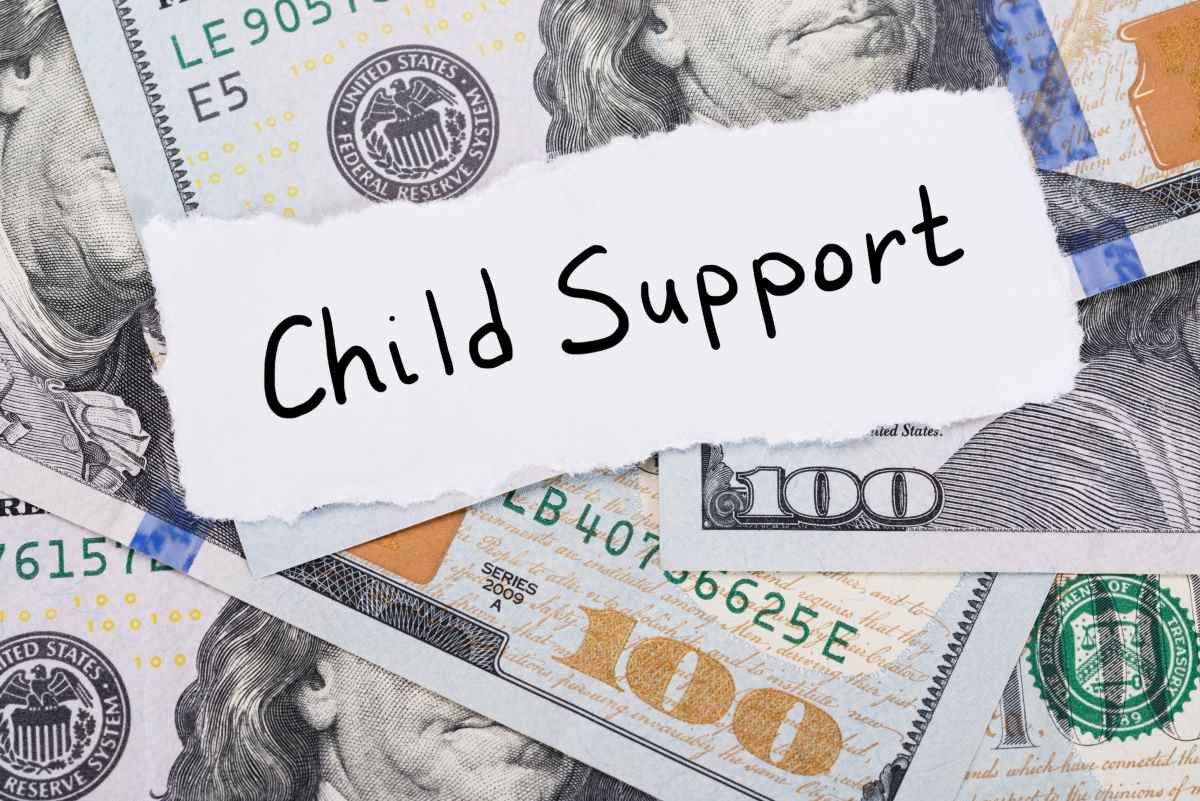We are always planning for the future. We like thinking about where we’ll travel and what we’ll do when we retire. But most people dislike contemplating death. So it’s very common to postpone taking care of our affairs beforehand. Unfortunately, we must prepare that death is a part of life. And since the loss of a worker is financially and emotionally painful for the entire family, the U.S government offers survivors benefits to the deceased’s family. Learn what this financial assistance consists of and how to obtain it here.

- What Are Survivors Benefits?
- What Are the Eligibility Criteria for Survivors' Benefits?
- Who Receives the Survivors Benefits?
- How Do You Apply for Survivors Benefits?
- How Much Are the Survivor Benefits?
- Processing Time
- The Bottom Line
What Are Survivors Benefits?
Survivor’s benefits are payments from the social security department that your family can receive if you die. These benefits come from the taxes you pay into Social Security as a working person. This means social security is crucial, as it helps you be financially secure through cash benefits, resources, and knowledge. Protecting your family in case of a worker’s passing is a part of that guarantee.
Can I Receive Other Benefits Alongside It?
Social security allows the family to apply for retirement and survivor benefit together. You can also choose to claim one benefit right now and put off claiming the other until you are older. However, combining the two to get an increased amount is not possible. The payout amount increases if you wait past the required waiting period for both retirement and survivor benefits.
What Are the Eligibility Criteria for Survivors’ Benefits?
The number of credits employees accumulate over their lives determines their eligibility for survivor benefits. A worker may earn as many as four credits each year. So the final number of credits will clearly vary depending on how long people live and work. However, 40 credits (or ten years of work) are the minimum required to be eligible for survivor’s payments.
These credits are also dependent on individuals’ income. For example, in 2020, a worker would receive one credit for every $1,410 in wages or self-employment revenue. If a person worked for a total of 1.5 years in the three years before their death, they would also be eligible for survivor’s benefits.
Who Receives the Survivors Benefits?
Depending on your salary, your family can be eligible for these monthly payments when you pass away. This includes the spouse (widow or widower), ex-spouse, or children of someone receiving or qualified for Social Security benefits. Sometimes, a deceased worker’s parents, grandchildren, or stepchildren may also be eligible for survivors benefits. But this will depend on personal circumstances.
As a rule, these are the family members who can get survivor’s benefits easily:
- A widow or widower over 60 years of age (or over 50 if they have a disability)
- A widow or widower, irrespective of age, who receives child benefits and looks after a kid with a disability
- Unmarried children
- Children under18 who are full-time students in an elementary or secondary school.
- 18-year-olds with a disability
If the deceased parent of the child was receiving monthly benefits, you must pay back the benefit for the month of death to claim the survivor’s benefits.
How Do You Apply for Survivors Benefits?
In most cases, you won’t need to submit a claim for survivor’s benefits. After Social Security receives the notice of death, they will automatically start survivors benefits as monthly payments. However, the department may also choose to pay a lump sum.
If for some reason you didn’t receive these benefits automatically, you can call the toll-free number 1-800-772-1213 to talk to a Social Security representative and claim these payments from Monday to Friday from 8:00 a.m to 7 p.m.
You can also visit the Social Security website to check the status of your application using your personal Social Security account. If you have any questions, you can call the number above or visit the Social Security office in person.
Documentation Needed
Here is a list of the documents you may need at the time of applying:
- Proof of the worker’s demise
- A birth certificate or other document attesting to one’s birth
- Evidence of your citizenship or legal status as an alien if you were not born in the country
- U.S. military discharge papers if you are an army veteran who quit before 1968
- For disability benefits, the two forms (SSA-3368 and SSA-827) that outline your medical condition and permit us to disclose information
- W-2 paperwork or self-employment tax returns from the previous year
- A wedding certificate
- The final judgment of divorce if you’re applying as a surviving divorced spouse

How Much Are the Survivor Benefits?
A deceased person’s Social Security benefit amount helps to calculate the survivor benefit amount they are entitled to receive. Following is the SSI survivor benefits percentage for the families:
- If you’re a widow or widower at retirement age, you get the full (100%) benefit amount.
- A widow or widower who is 60 years old receives 71.5 -99% of the base pay.
- A disabled widow or widower under 60 but older than 50 gets 71.5%.
The amount that family members may receive each month has a cap. Although the cap fluctuates, it often corresponds to 150% to 180% of the basic benefit rate. If the total benefits to family members exceed this amount, the payments may decrease. The maximum sum does not include any disability or old-age fees given to a surviving divorced spouse.
How Will I Receive These Payments?
To receive Social Security benefits, you must sign up for a direct deposit to receive payments electronically. The process is relatively secure and simple, as the benefits/payments are directly transferred to your bank account.
You must use your Social Security account to start or change the direct deposit settings online. Payments can also be received through Direct Express Card that you can set up by contacting Treasury Electronic Payment Solution.
Processing Time
It takes between thirty to sixty days to start receiving survivor’s benefits.
The Bottom Line
The U.S government has always been on the front foot helping its citizens in times of need. With survivor’s benefits, the government is ensuring that the deceased family is not suffering financially. The financial support comes in the form of monthly payments. So now you know. If you meet the eligibility criteria, you will start receiving these benefits automatically.





